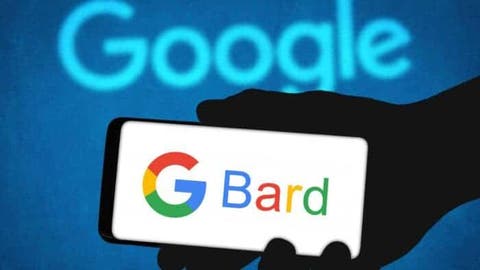Google has recently improved its AI chatbot, Bard, in an effort to rival its competitor, ChatGPT. The tech giant has optimized the AI responses in some areas and made improvements to the chatbot’s abilities in mathematics and logic. The first feedback on Bard was not positive, with testers criticizing the many restrictions put in place by Google. In response, the company padlocked the experience to avoid abuses.
To address the limitations of Bard, Google has pledged to make improvements to its artificial intelligence. On April 10, 2023, the company released “the inaugural update of the Bard experience”. The update includes better abilities in mathematics and logic, as well as improvements to the “Google it” button. The button now shows more suggestions and related topics to encourage people to do more searches through the engine.
Google Upgrades Bard to Compete with ChatGPT: Check out the Latest Enhancements
To improve the chatbot, Google relied on the advances of the Pathways Language Model (PaLM), a more advanced linguistic model than LaMDA, the model that drives Bard. With its 540 billion parameters, PaLM is expected to offer more relevant answers. The company listed new features of Bard on a dedicated page. The page is titled “Experience Updates”. The purpose is to get feedback from testers.
Despite the improvements, Bard still has its shortcomings. The chatbot is still at risk of “hallucinations” at times, which means it can still talk nonsense. The chatbot also has a regular absence of certain sources, too short or uninspired answers, and its inability to code. However, Jack Krawczyk, product manager at Google, announced that coding will be offered shortly in a future update.
For now, Bard remains an experimental product only accessible in the United Kingdom and the United States. And it only supports English. Google does not yet consider the chatbot as a finished product. And it still has a long way to go to catch up with its multiple rivals. However, we can expect Google to improve its copy as the chatbot is deployed in the rest of the world.
It’s worth noting that generative AIs like Bard are inherently prone to “hallucinations” and talking nonsense. Therefore, it’s necessary to verify the information provided by the model, as is done with ChatGPT and others. While Bard still has some way to go before it can rival ChatGPT, the recent update shows that Google is committed to improving its AI chatbot and making it a viable alternative to its competitors.
Google Bard’s new features:
Experiment updates page
- What: We’ve launched an Experiment updates page to post the latest features, improvements, and bug fixes for the Bard experiment.
- Why: So that people will have an easy place to see the latest Bard updates for them to test and provide feedback.
There’s more when you click “Google it”
- What: We’ve added additional suggested Search topics when people click “Google it.”
- Why: People will be able to explore a broader range of interests with more related topics.
Updates to Bard’s capabilities
- What: We’ve updated Bard with better capabilities for math and logic.
- Why: Bard doesn’t always get it right on math and logic prompts and we are working toward higher-quality responses in these areas.
Google has updated its chatbot Bard to improve its AI responses, particularly in math and logic areas. The update also includes improvements to the “Google it” button. And uses a more advanced linguistic model called Pathways Language Model (PaLM). However, Bard still has limitations, such as occasional “hallucinations,” short or uninspired answers, and its inability to code. But coding should be added in a future update. Bard is still in an experimental phase and only available in the US and UK, and exclusively supports English. Google plans to continue improving Bard as it expands globally.
